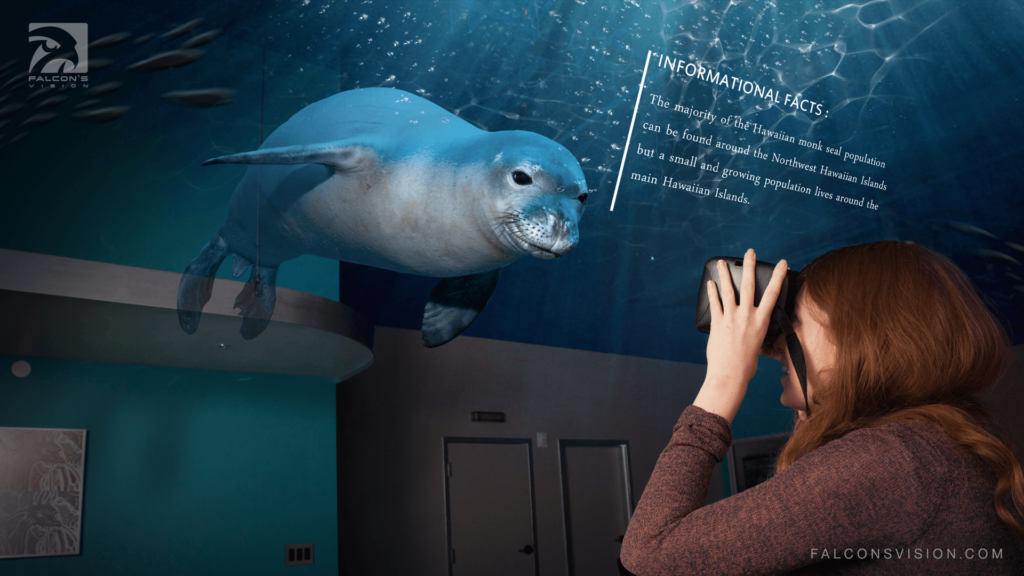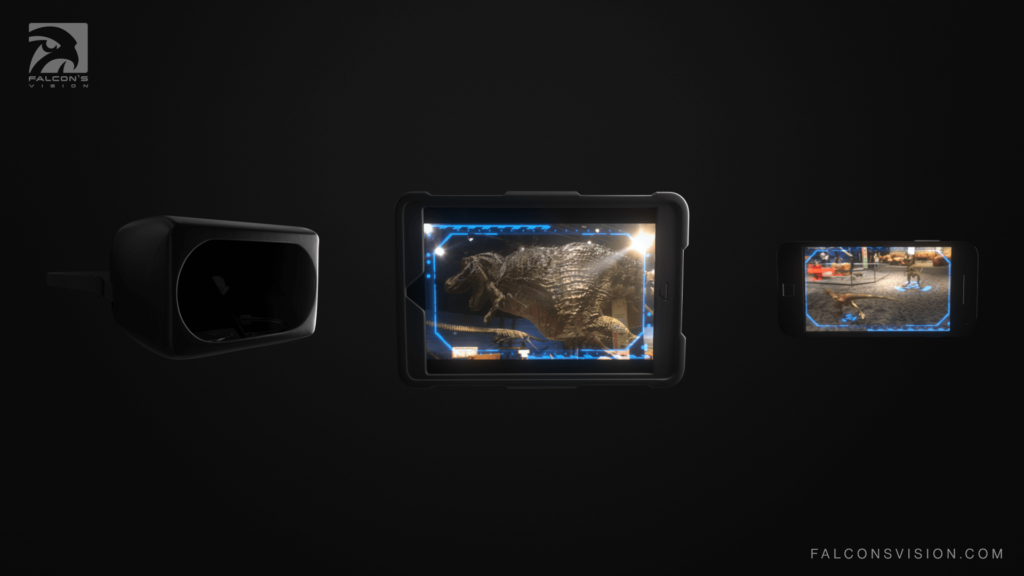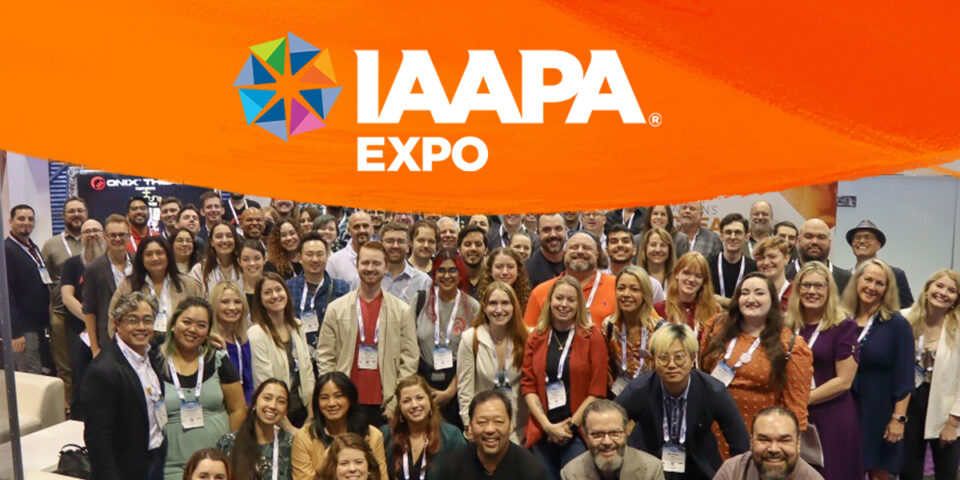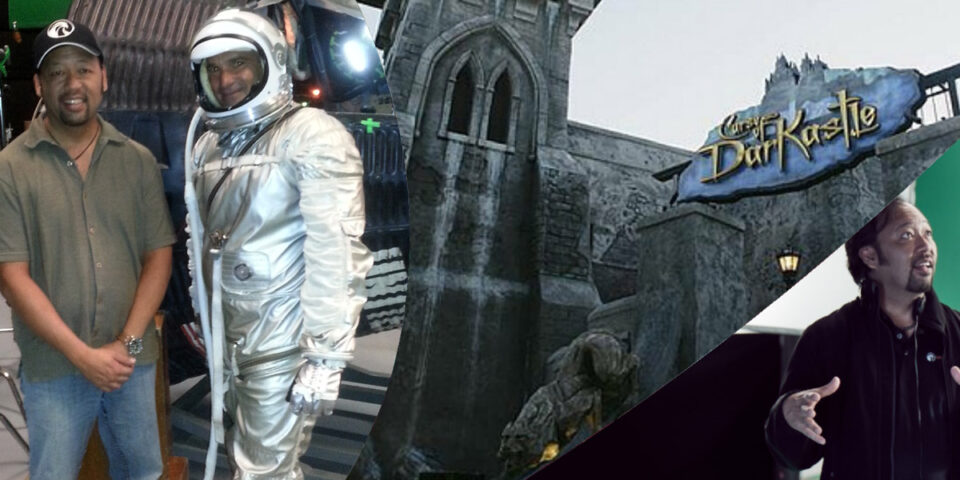The relationship between emerging technologies and methods of learning is closely interwoven and everchanging.
As designers, artists, and engineers continue to find new ways to connect these two paradigms for entertainment and education of the masses, spaces like museums and science centers have become a premier venue to showcase innovative experiences, launching some of the most exciting opportunities for both creators and audiences. One of the largest factors contributing to this shift is the introduction and integration of XR experiences.

What is XR?
With the exponential growth and progression in all modern technologies, unique and innovative solutions to enhance people’s lives are being discovered and developed on a daily basis.
As one of the fastest growing technology categories, this is where XR enters the equation. XR is a broad classification that has gained momentum in recent years, accounting for a wide range of new and emerging experiential technologies.
XR, also known as “cross reality,” refers to any current or emerging technology that is used to innovate or enhance the way we perceive and interact with information. The most popular and common technologies that reside in this all-encompassing category include virtual reality (VR), augmented reality (AR), and mixed reality (MR). Even if we are not aware of it, XR tech now surrounds and permeates our daily lives.
The Impact of XR on Our Daily Lives
You may be asking, if XR tech is so prevalent in our lives, then how is it affecting us? The key to that question lies in the simple fact that almost every individual on this planet now carries an advanced compact computing device in their pocket.
While that declaration is just another way of stating that smart phones are very popular, the fact remains that these devices are integral to the rise and solidification of XR in our daily lives.
Dynamic selfie filters are a perfect example of an extremely common and popular XR experience. By combining facial motion capture and augmented reality, designers have created a brand-new method of personal expression.
XR and the Museum/Science Center Experience
So how do museums and science centers fit into the picture?
XR aims to immerse users in a hyper-engaging manner. Meanwhile, museums and science centers strive to push the boundaries of an individual’s knowledge while also igniting their desire to learn. The goals of XR and these venues align in many ways. Both elements heighten one another’s inherent strengths, which makes them a natural fit for each other. We have seen a steady influx of XR activations coming into these learning environments, and we’ll only continue to see these numbers grow.
We’ve also found that museums and science centers often explore new ways to blur the line between the established exhibit formats and themed entertainment offerings by blending immersive media and educational data to form one cohesive experience. One such venue is the National Geographic Museum in Washington D.C., where we have collaborated on several exhibitions including “Becoming Jane: The Evolution of Dr. Jane Goodall.”
Bringing “Becoming Jane” to Life
“Becoming Jane” gives visitors an intimate look inside the groundbreaking scientist’s life and research throughout her illustrious career. Audiences are exposed to Jane Goodall’s breakthroughs and tribulations, which highlight the resounding impact of her discoveries and their substantial significance.
From the outset, our team at Falcon’s Creative Group was committed to bringing the key moments to life through a combination of complex video, audio, and interactive solutions where the technology would seamlessly service the experience. Ultimately, the goal for us was to transport visitors to a location and time that may be foreign and exotic to them in order to evoke empathy and a strong emotional response, while also maintaining the utmost authenticity.

Introducing Falcon’s Vision™ AR
In an effort to immerse and engage exhibit-goers in the world of Gombe National Park, our team leveraged our own XR product, the Falcon’s Vision™ augmented reality headset.
The Falcons’ Vision™ AR system is designed to bring profound subject matter to users in interactive, intimate, and innovative ways.
Because of the hardware’s durable and intuitive design, any user can quickly pick up a Falcon’s Vision™ headset and immediately interface with it. The physical experience is augmented and enhanced with real-time and fully dimensional content that is custom designed by developers, such as myself.
During this project, we were specifically inspired by a desire to journey closer to elements of the natural world that would be nearly impossible to experience any other way.
Our goal was to allow visitors to engage with chimpanzees up close and experience some of the key revelations that Jane witnessed during her time in Gombe National Park.
Looking towards the future
While our work with the National Geographic Museum and the Jane Goodall Institute marks one of our most recent forays into the world of XR-based immersive entertainment, it is the nature of technology to continue moving forward, breaking old boundaries and providing new opportunities to experience the world differently. This truth inspires us to evolve our own way of thinking about how we approach developing themed entertainment experiences and forge new paths ahead. The only thing more exciting than seeing these educational spaces continue to innovate is seeing how much joy people get out of learning. We are excited for all the new horizons that XR technologies will reveal and how we may adapt them to continue to tell stories and connect with hearts and minds like never before.
Meet The Author

Andreas LaTourrette
Interactive Artist
Andreas is part of our innovative technical team that is making great strides in the world of AR/VR/MR entertainment. He has developed interactive media for several high-profile projects, proving that his skills can have an impact on projects by bringing to virtual life some of the most intricate natural environments.









